|
Anytime I'm at the Bighorn River; I look for
things that stand out. For instance, if a
stretch of water looks inviting, but very few
are fishing it; I look for the reason. Maybe
there aren't any fish there, or maybe they are
just too little or the wrong species. There
has to be a reason.
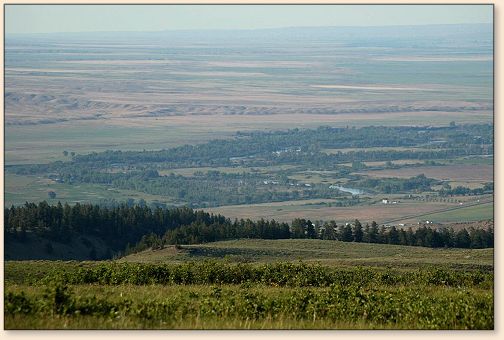
That is, of course, unless that stretch of water
is just below where all the boats put in the river.
For some reason, there seems to be a stretch of
water a couple of hundred yards to half a mile
long that only gets fished from the middle of
the river. On the other hand, if you row across
the river, you can fish that side well, with no
problems. However, the side of the river your
boat went in, is somehow off limits for most
people. This seems especially true if the water
is low and the best fishing is close to the boat
entrance.
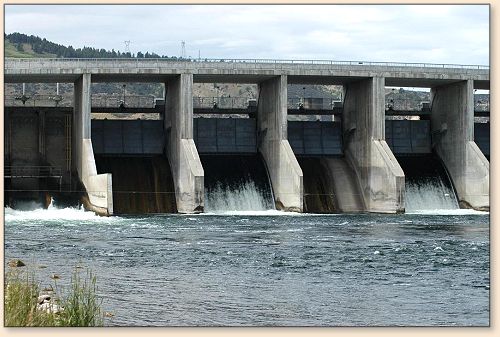
Anyway, that's the way it all went this year when
my fishing buddy and I went for our annual
flyfishing vacation on the Bighorn River. The
water was as low as I have ever seen on that
river. At least one fly shop was speaking a
outloud about the prospects for next year after
so many poor years in a row. Maybe a third or
more of the annual visitors just weren't there,
and it didn't look that great for the rest of
the summer either. The water at the put-in was
about 8 ft lower than it has been a lot of years
in the past. And, a lot of people were talking
about how many more years it can go on this way.

The big old lake above the river is about 100 feet
low. By the first of August, nobody will be putting
their boats in, even though they extended the ramp
last summer. Except for where the river has been
diverted to water the stream bottom, and the stream
bottom, everything is brown; it just didn't turn very
green this year. There were very few mosquitoes, and
even fewer ticks to deal with this year. In other
words, this is a real bad summer for the local terrain.
So, how is it that my fishing buddy and I had a great
time?

That first morning when we were putting our boats in,
I got ahead of Erik, so I slipped down the shore and
fished while Erik got ready. In the 15 minutes it
took Erik to get ready, I had landed at least 10 fish,
and lost about twice that many. And, I had at least
800 yards of shoreline to myself. Not one floatation
boat was willing to stop or try the waters I was fishing.
When Erik did get going, he took his boat to the other
side of the river and started fishing there. And, he
was having as good a time as I was. Not even one of
the floatation boats bothered to try the water we were
fishing.
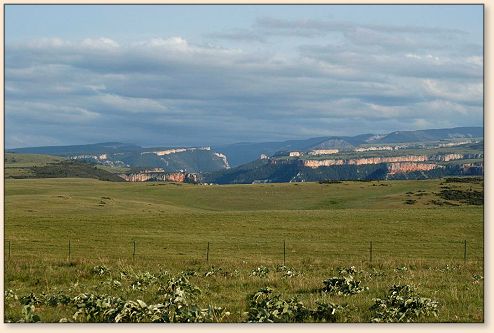
I quit counting somewhere around 100, but that
was way before we left the water near the place
we put our boats in. Erik did the same on the
other side of the river. We had landed fish from
8 to 20 inches, mostly between 8 and 14. However,
we had caught plenty of the larger fish to make
it a good day, and way more than the floatation
guys were catching. The two or three fish we
caught later that day were big, but they didn't
come close to the numbers we had been catching.
In fact, Erik caught a 27-inch bow that day, his
biggest yet, but that wasn't the real fishing and
play we had been experiencing.
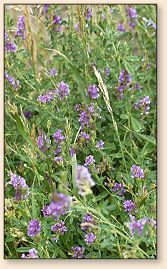 We did the same thing every day we were there.
Fish the water near the put-in for the morning,
and fish the rest of the river in the afternoon.
In all that time, I saw only two other people
seriously fishing that water, and they were
having a great time; but it didn't appear they
were having the time Erik and I were having.
Some of it was location, and some was patterns
and how we fished them. Both were important.
We did the same thing every day we were there.
Fish the water near the put-in for the morning,
and fish the rest of the river in the afternoon.
In all that time, I saw only two other people
seriously fishing that water, and they were
having a great time; but it didn't appear they
were having the time Erik and I were having.
Some of it was location, and some was patterns
and how we fished them. Both were important.
I'm not sure why boats ignore great places like
this. I suppose they want to get their clients
away from the boat in place. I'm also fairly
convinced that they don't want their clients to
get the idea that the best fishing can be found
near the place where they put in. It also might
have something to do with locality and the serious
need for no roads. In any case, their clients
were left paying the deed.
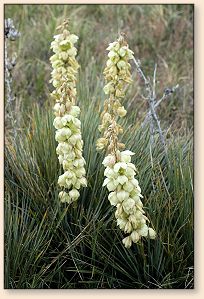
Dry or not, the Bighorn River near Ft. Smith, is
as pretty a place as any you might find anywhere.
I'm adding some photos to show you just how pretty
it is, but please pay attention to how gray much
of the area is. Except for the mountain tops and
the irrigated river bottom, the area is as dry as
it was last summer. This isn't the normal Ft.
Smith area I have ever seen before. Most of the
time, fishing in June involves high grass and a
lot of green. I just hope it is better next year.
Now the hard part. I'm going to continue this
next week. I'll tell you this though. The killer
flies were small sow bugs, with red heads. And,
we didn't use weights. You'll get the rest later.
~ AC
|
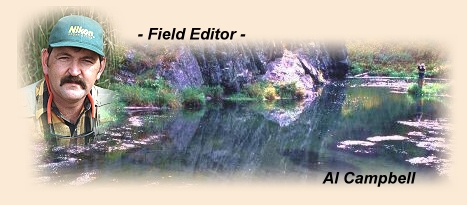





 We did the same thing every day we were there.
Fish the water near the put-in for the morning,
and fish the rest of the river in the afternoon.
In all that time, I saw only two other people
seriously fishing that water, and they were
having a great time; but it didn't appear they
were having the time Erik and I were having.
Some of it was location, and some was patterns
and how we fished them. Both were important.
We did the same thing every day we were there.
Fish the water near the put-in for the morning,
and fish the rest of the river in the afternoon.
In all that time, I saw only two other people
seriously fishing that water, and they were
having a great time; but it didn't appear they
were having the time Erik and I were having.
Some of it was location, and some was patterns
and how we fished them. Both were important.
